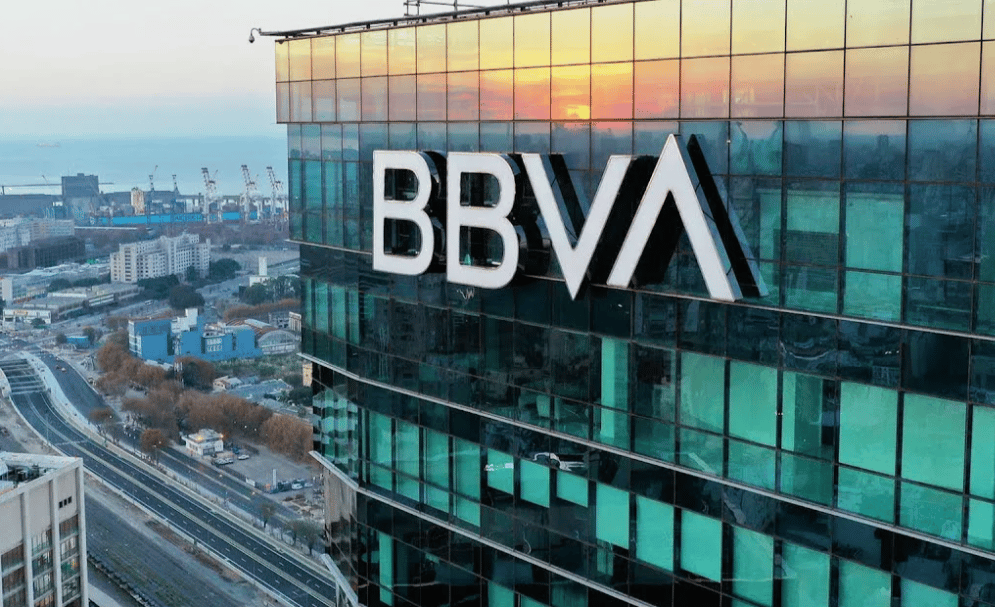BBVA Flags U.S. Tariff Risks Amid Shift Away from Emerging Markets
Spain’s second-largest lender, BBVA $BBVA, exceeded first-quarter earnings expectations thanks to resilient domestic performance, but signaled potential turbulence ahead. The bank issued a cautionary note regarding the impact of recent U.S. tariffs on its Mexican operations, which have long served as a growth engine. With global trade friction rising, BBVA is reconsidering its emerging markets exposure, particularly in Mexico and Turkey, in favor of a stronger focus on European markets.
Shifting Currents in BBVA’s Global Strategy
While BBVA has benefited from higher loan volumes and interest margins in Latin America, particularly Mexico, the geopolitical landscape is forcing a strategic rebalancing. U.S. tariffs have introduced uncertainty into cross-border trade and credit demand, which could constrain loan growth in the bank’s most profitable non-European market.
Despite these headwinds, BBVA’s home market in Spain delivered strong enough returns to lift group-wide profitability, helping it beat analyst forecasts for the quarter.
Strategic Moves Reshaping BBVA's Footprint
The bank's broader recalibration reflects a desire to reduce exposure to politically and economically volatile regions. In recent years, BBVA has relied heavily on Latin American markets to offset sluggish growth in the eurozone, but volatility in Turkey and now trade-related risks in Mexico have spurred a more cautious approach.
In 2023, BBVA launched a hostile bid to acquire Banco Sabadell $SAB.MC, a smaller Spanish rival, signaling its intent to consolidate at home and balance geographic risk.

What’s Driving the Risk Reassessment
Trade Disruption in Mexico
The imposition of new U.S. tariffs threatens to slow Mexican industrial activity, potentially curbing credit demand for BBVA’s largest international subsidiary.
Economic Fragility in Turkey
Currency instability and inflationary pressures have made Turkey a less predictable source of earnings.
Interest Rate Divergence
Lower eurozone interest rates have reduced returns on core banking activities, pushing BBVA to rebalance away from regions with high monetary policy risk.
European M&A Ambitions
The proposed acquisition of Sabadell marks a pivot toward domestic growth opportunities and cost synergies.
Investor Pressure on Risk Exposure
Global investors have been pressing for more stable returns, which BBVA hopes to deliver through diversification into mature markets.
Trends Redefining Iberian Banking
Diversification of Income Streams: Spanish banks are increasingly exploring wealth management and digital services to reduce lending dependence.
Reshoring of Strategic Priorities: Latin America remains key, but capital is being redirected to more stable geographies.
Competition in Domestic M&A: With BBVA’s move on Sabadell, the stage is set for renewed consolidation in Spanish banking.
Tariff Sensitivity in Cross-Border Lending: Trade disputes are now a central risk factor in assessing loan performance, especially in export-driven economies.
Focus on Digital and ESG: Both BBVA and Santander $SAN.MC are doubling down on digitalization and sustainable finance to enhance profitability and resilience.















Comments
BBVA's pivot towards Europe highlights the shifting priorities in a turbulent global economy—it's a bold yet necessary move!